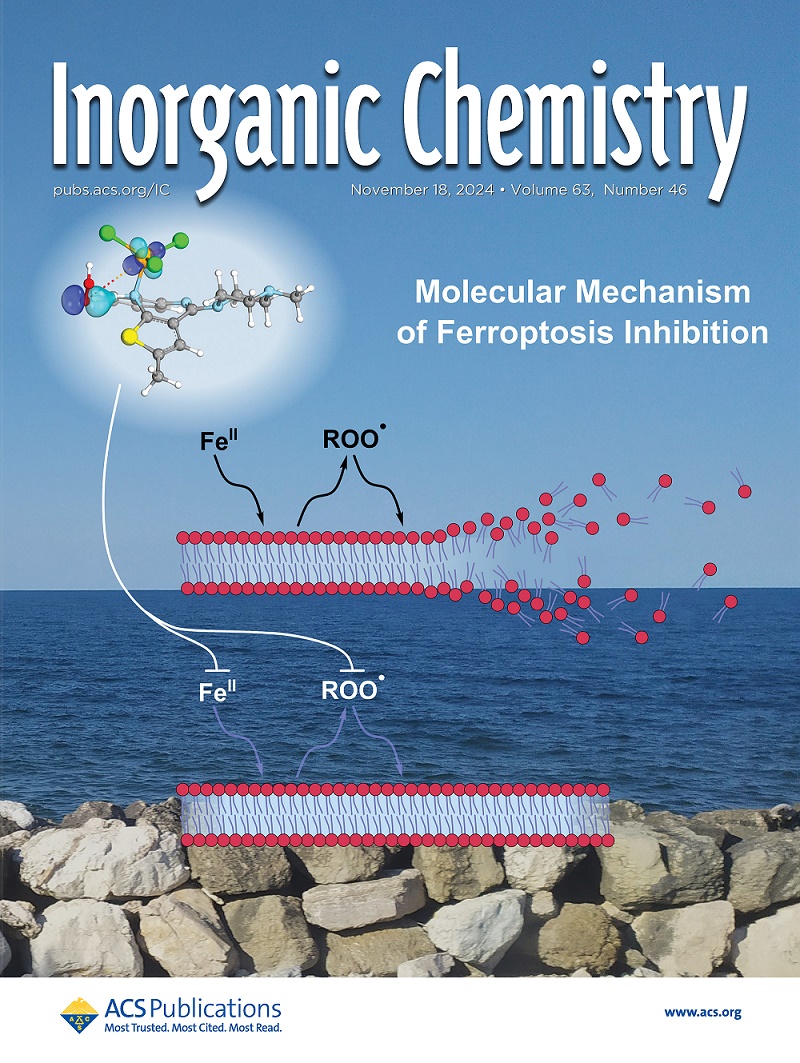Tailoring of Unsaturated Metal Sites in Metal–Organic Frameworks to Promote the Conversion of CO2 into High-Value-Added Products
IF 4.3
2区 化学
Q1 CHEMISTRY, INORGANIC & NUCLEAR
引用次数: 0
Abstract
Well-defined metal–organic frameworks (MOFs) provide an attractive platform for catalysis. Understanding the intrinsic structure–activity relationship of MOFs helps guide the design of novel catalysts. In this work, a new three-dimensional (3D) MnII(salen)-based MOF (1) with strong adsorption capacity and high selectivity for CO2 was synthesized. Through sequential demetallization and remetallization, the flexible tailoring of the metal centers was realized to obtain a series of remetallized MOFs (r1M; M = Mn, Co, Cu, Ni, V). Among them, r1Co was proved to be the most active catalyst for the cycloaddition of CO2 and epoxides. Mechanistic studies reveal that r1Co displays a high CO2 affinity and Lewis acidity. In addition, kinetic studies suggest that r1Co has a lower activation energy than the original MOF (1) and demetallized MOF (d1). Remarkably, r1Co could be reused five times without affecting its catalytic activity.

求助全文
约1分钟内获得全文
求助全文
来源期刊

Inorganic Chemistry
化学-无机化学与核化学
CiteScore
7.60
自引率
13.00%
发文量
1960
审稿时长
1.9 months
期刊介绍:
Inorganic Chemistry publishes fundamental studies in all phases of inorganic chemistry. Coverage includes experimental and theoretical reports on quantitative studies of structure and thermodynamics, kinetics, mechanisms of inorganic reactions, bioinorganic chemistry, and relevant aspects of organometallic chemistry, solid-state phenomena, and chemical bonding theory. Emphasis is placed on the synthesis, structure, thermodynamics, reactivity, spectroscopy, and bonding properties of significant new and known compounds.
 求助内容:
求助内容: 应助结果提醒方式:
应助结果提醒方式:


